The Art and Craft of Ceramics: A Journey Through Time and Technique
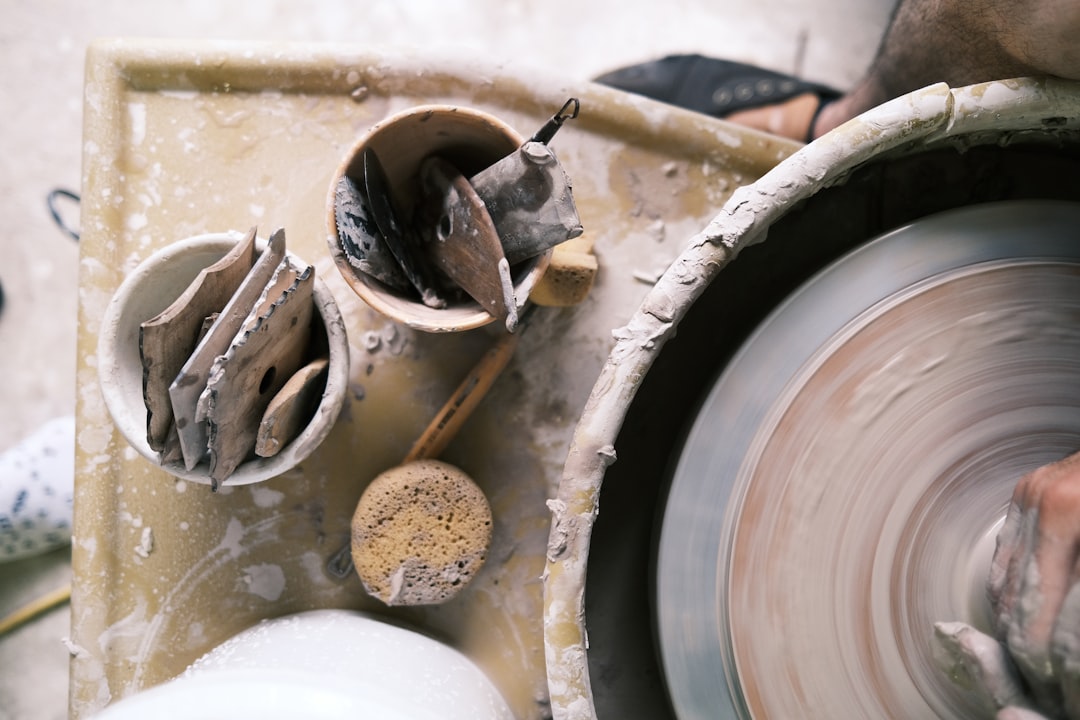
Ceramics is an ancient art form that has been evolving and inspiring artists for centuries. From traditional pottery to contemporary ceramic sculptures, this craft encompasses a wide range of techniques and styles. As technology advances, the art of ceramics continues to grow, incorporating innovative methods and materials.
Educational Opportunities in Ceramics
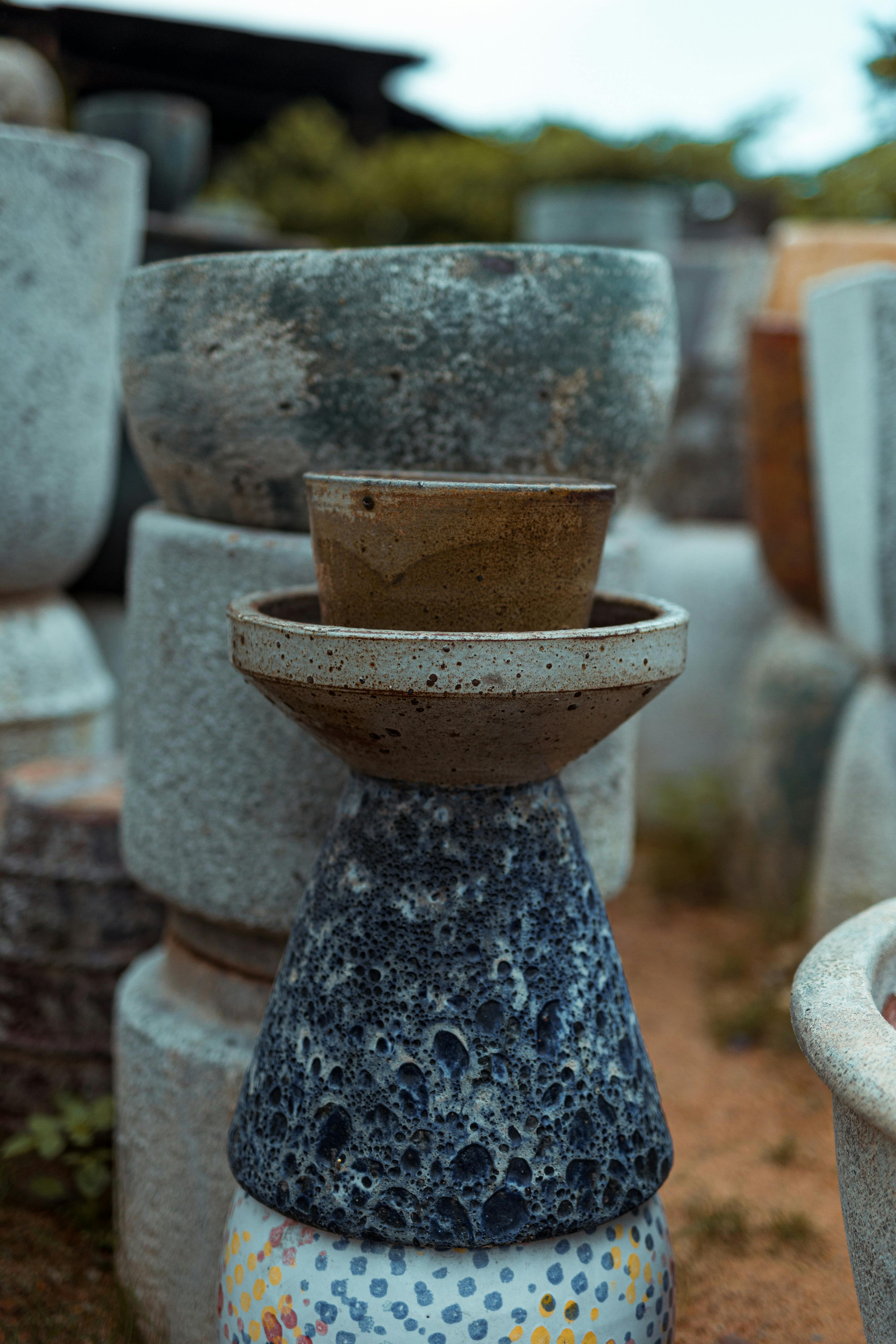
For those interested in pursuing a career or deepening their understanding of ceramics, there are numerous educational programs available worldwide. One such program can be found at the Rhode Island School of Design (RISD), renowned for its comprehensive ceramics curriculum. They offer a dynamic environment for students to explore both traditional and contemporary methods.
Another esteemed program is at Cranbrook Academy of Art. This institution emphasizes a balance of individual study and collaborative ventures, promoting an environment where students can push the boundaries of the medium.
Practical Experience and Community Engagement
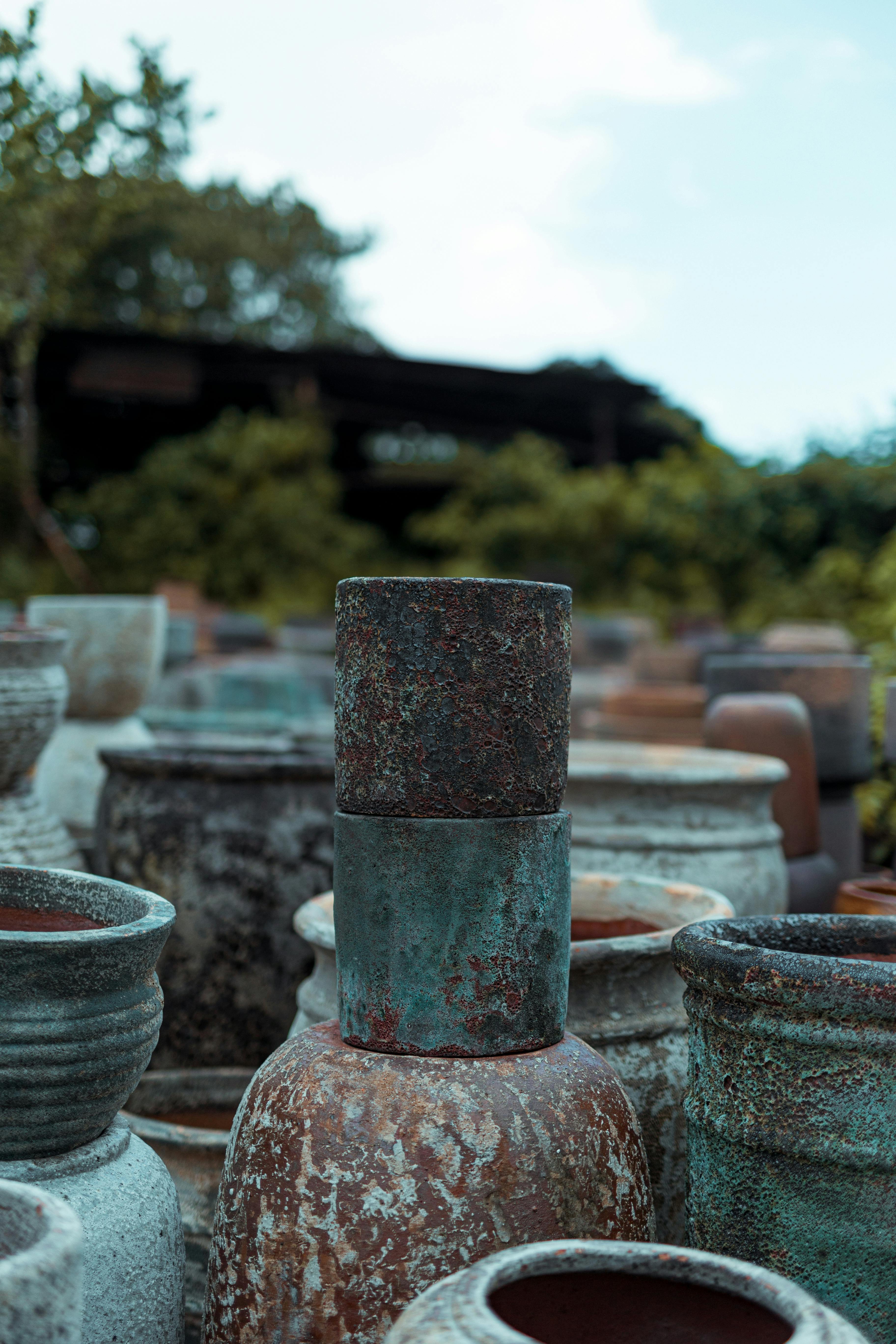
Hands-on learning and community engagement are vital components of mastering the art of ceramics. In Delaware, the New Castle County Pottery Studio provides an excellent facility for both novices and experienced potters to work on their skills. They offer classes that cover a plethora of techniques suitable for all levels.
Innovation in Ceramics: The Intersection of Tradition and Technology

The intersection of traditional pottery techniques with modern technology is an exciting frontier in ceramics. An online exhibition showcasing how traditional pottery techniques meet robotic fabrication can be seen in experiments conducted by MIT alumni. This fusion offers new possibilities in design and sculpture, illustrating the evolving nature of the craft.
Conclusion
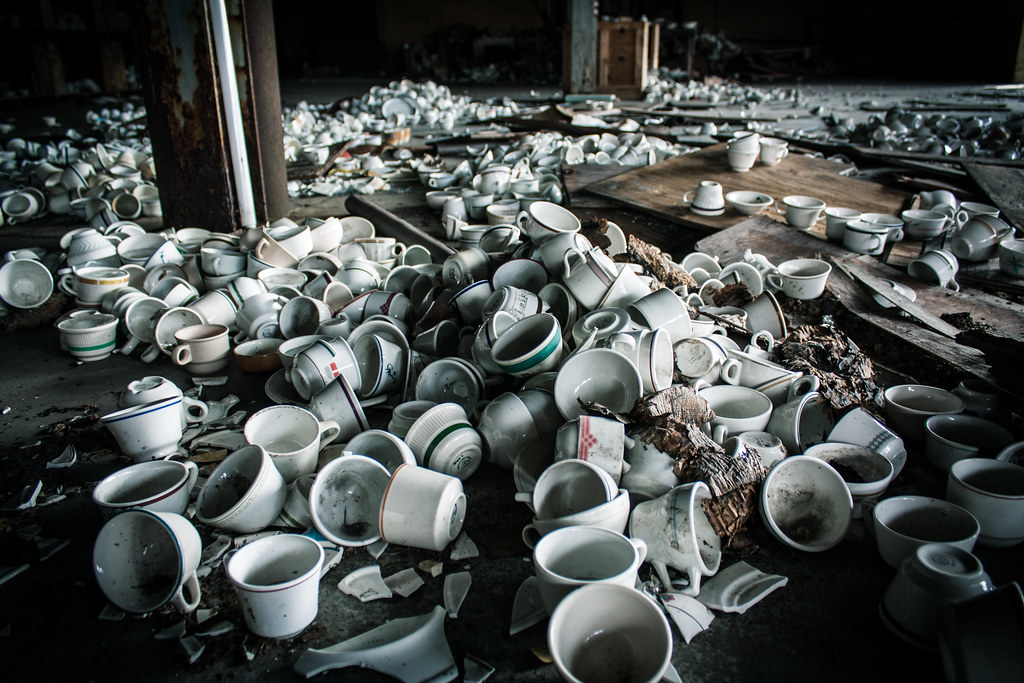
Whether rooted in rich traditions or embracing cutting-edge technology, ceramics is a medium that offers endless possibilities for creativity and expression. For more insights and updates on the evolution of ceramics and other art forms, check out our recent articles and content.
Sculpting Stainless Double Ended Embossing Miniatures
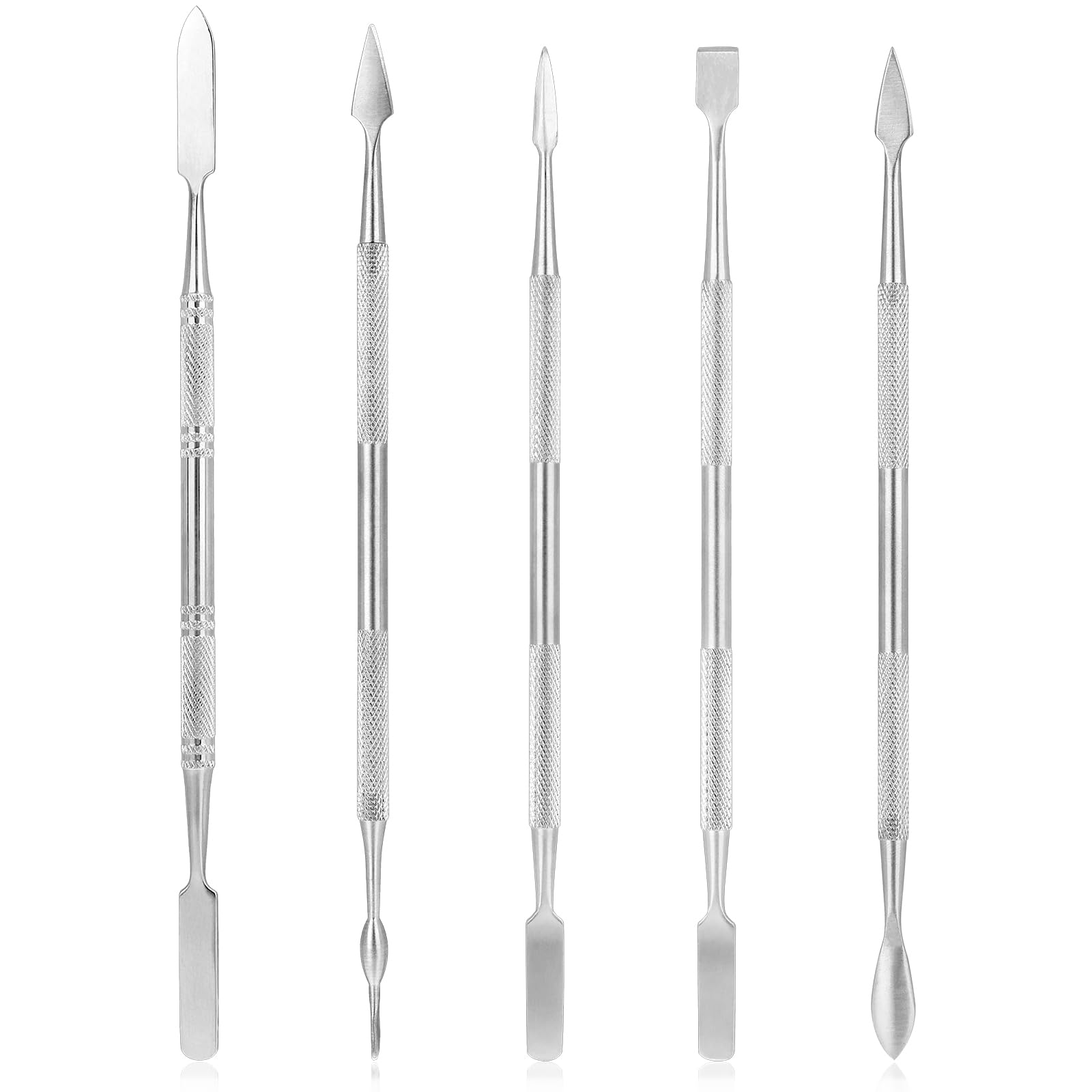
Meguiar’s Waterless Wash Kit offers a convenient and efficient solution for keeping your car looking pristine without the need for water. This premium kit includes everything you need to effortlessly clean and protect your vehicle’s surface, delivering a high-gloss finish and long-lasting shine. Ideal for quick touch-ups or maintaining that showroom look between full washes, it is a must-have for any car enthusiast looking for quality and convenience in car care.
Enhance Your Ceramics Journey with Expert Guidance
To complement your exploration into beginner ceramics, check out Wendy Stone’s comprehensive YouTube guide, “Ceramics for Beginners: Everything You Need to Know Before You Start Pottery,” which offers a step-by-step approach to mastering the basics of pottery.
Is it possible to learn ceramics on my own?
Absolutely! Many beginners jump into pottery by following online tutorials, reading ceramics magazines, and experimenting with basic hand-building or wheel-throwing methods on their own. While self-teaching can be rewarding, taking a class or workshop with an experienced instructor often speeds up your progress, helps you avoid common pitfalls, and boosts your confidence in trying new techniques.
Which ceramics projects are easiest for beginners?
If you’re just getting started with clay, try these beginner-friendly ideas to build your confidence:
• Pinch pots – Small, hand-formed bowls that teach shaping and thickness control.
• Slab pottery – Create simple shapes like coasters or boxes from flat sheets of clay.
• Painting projects – Experiment with glazes or paints on pre-formed items for creative designs.
• Jewelry dishes – Tiny, decorative trays for rings or earrings.
• Small vases – A fun way to practice height and form.
• Paint palettes – Great for discovering slab-building while making a useful artist tool.
• Cookie cutter ornaments – Cut festive shapes or personalized designs in clay.
• Clay spoons – Simple utensils that refine basic hand-building skills.
Which five categories of ceramics should I know?
Ceramics generally fall into five main categories, each serving different purposes:
• Structural – Used for building materials like bricks and tiles.
• Refractory – Engineered to withstand high temperatures.
• Electrical – Designed for specific electrical or electronic functions.
• Magnetic – Specialized ceramics applied in magnetic components.
• Abrasive – Hard, abrasive materials for cutting and polishing.
Can I really learn ceramics at home?
Yes! Home-based ceramics can be as simple as making pinch pots in your kitchen or exploring advanced techniques like crystalline glazes, porcelain, or atmospheric firings. You don’t need much to start—just some clay, basic tools, and a space to work. If you decide to expand your practice, you can invest in a pottery wheel or kiln, or use community studio resources to keep developing your craft.
As you continue to explore the world of ceramics, remember that every great artist started with just a lump of clay and a lot of passion. Don’t be afraid to experiment, make mistakes, and learn from each piece you create. The beauty of ceramics lies in its blend of creativity and technique, offering endless possibilities for personal expression and functional art. Embrace the journey, and enjoy the process of turning your visions into tangible creations.
Stay Connected and Keep Creating
We’d love to see your ceramic creations and hear about your progress! Follow us on Instagram for tips, inspiration, and a supportive community of fellow ceramic enthusiasts. Staying connected is a great way to stay motivated and continue growing your skills. Happy pottering!
Leave a Reply
Venture into a world where clay and creativity converge at JJClayStudio.com – where every piece tells a story. Unearth your next treasure and become part of the narrative that turns everyday moments into artful experiences.
